My relationship with the open software movement, without a doubt is rooted to an even older concept. The early 1990’s was the time when programmers and amateurs exchanged software pieces in a very different way…
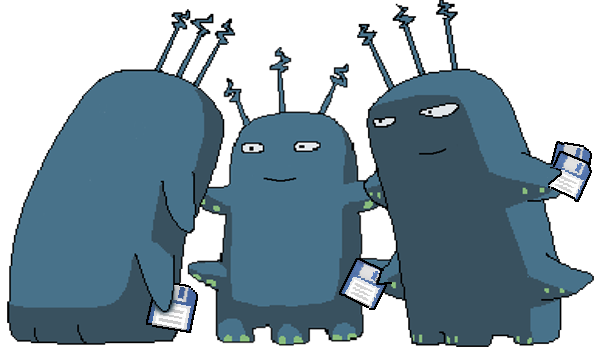
This form of trade was known as Shareware, which means creators made their programs available to the users in exchange of a voluntary monetary contribution (generally small or just symbolic). This would unlock the software functionalities, and you could also modify it or improve it.
Most of these programs were distributed in diskettes which went with the publications devoted to computer programming or video games. Many of these creations were at the beginning, and the freeware versions which were totally free. The digital support (later replaced by CD ROMS on magazines and websites) were distributed by mail or by hand.

A small percentage of these users paid for the utilisation of such programs by means of the simplest methods. The most popular one was to send cash by mail straight to the programmer’s home address. We have to take into account that the virtual money did not exist and very few of us had access to a formal payment system by means of bank drafts or the like. This system had lots of practical problems and with the passing of time it turned into something similar to what we know today as Open Source.
Getting involved with the open source scene
My true personal relationship related to the free software creation and distribution started when looking for an engine which allowed me to create a graphic adventure to be ported into different platforms like PC, smartphones and tablets. As I wrote in this same blog, there were already a few other engines focused on the creation of this type of games, but none of them was perfect: the most popular, AGS (Adventure game studio) just worked on Windows. Some others like Wintermute had been forgotten due to the lack of updates or users, and the ones offering the features that I needed, were very expensive as Visionaire Studio or paid add-ons for Unity like Adventure Creator . Even the free point and click adventure framework for Godot, called Escoria has an uncertain future.
The Bladecoder adventure free engine
Within several months of search and testing I found, by chance, a personal project carried out by a Spanish programmer that was exactly what I was looking for. I immediately got in contact with this person who provided me with updated versions of the engine. His name is Rafael Garcia, he was creating in his spare time. His creation was awesome, basic though, and it had a big chance to turn into a more professional tool, as it is today after 3 years of continued development.
Although the engine is absolutely free and offers benefits beyond any paid products of similar characteristics, this author finds himself in a constant dilemma: to continue improving and extending the engine features or devote his efforts to write an user’s manual to help people to understand how his software works in his spare time. Being a one man’s project this last option is still under development and the engine is very far from being adopted by the community of adventure game developers, whether we like it or not.
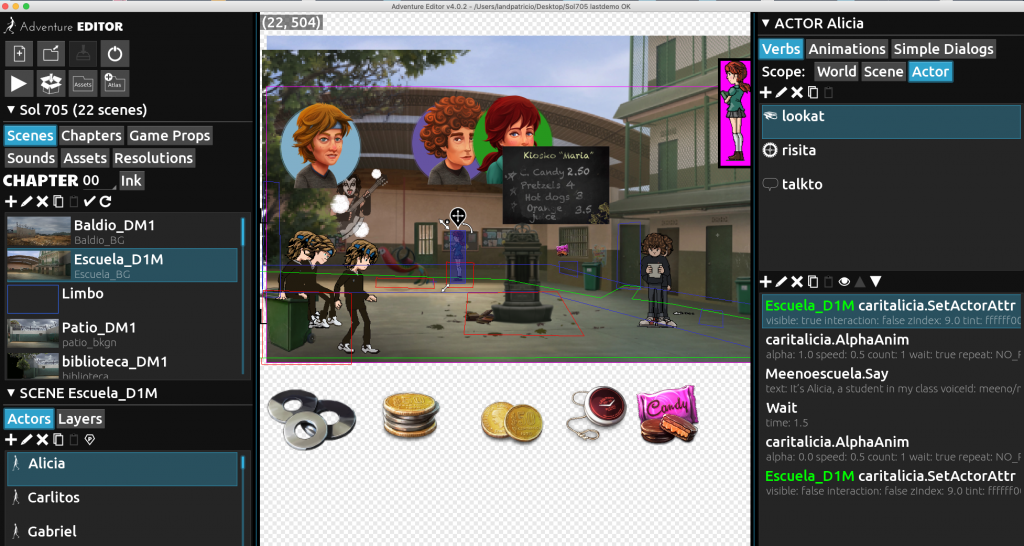
Communities of practice that align with my aspirations and goals
In 2019, after having decided that this tool was the best option to accomplish my personal project throughout the next two years, I decided to personally get involved in its development as far as the creator allowed me to do so.
As well as doing beta testing for him, I also suggested about adding more functions. What is more, I invested my own money for these additional features to be implemented as a way to support his work and do a minimal contribute to the community in some way. Every new version available contains new amazing improvements, that has been released for free for anyone who wanted to use it.
At some time I devoted several weeks to write a series of tutorials to teach the basics, including original art packs and practical examples to try on. Though these tutorials are quite outdated now, they are still the official source of information for those who want to learn to use it as far as we know.
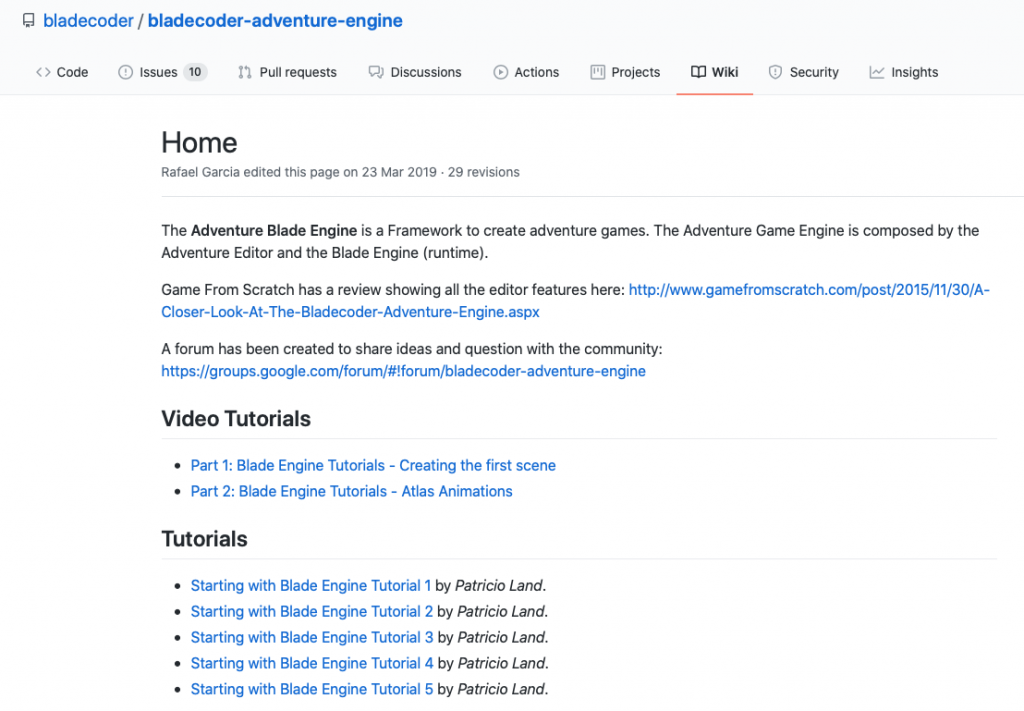
To some extent I also thought of making a series of short video tutorials with updated content and more visually appeal than a plain text tutorial, of which I still keep the first episode, as shown here:
Unfortunately I got stuck in the same problem than the engine’s programmer; the lack of time. I had to decide whether to devote my work hours to finish my own game or keep creating the documentation. I had to momentarily quit this last task though. The engine keep being difficult to access for those who are not willing to learn how to use it based on research, trial and error and endless mail exchanges with the people involved in this development.
I intend, as part of my personal goals for the current year, to be able to write a complete and updated user’s manual since the engine itself is practically finished and with a very stable release (4.0.2) that includes the following features, among many others:
- Multi platform support: Android, iOS and Desktop (Windows, OSX and Linux) and Nintendo Switch*
- Game editor module
- Game engine
- Several animation techniques: sprite/atlas animation, Spine (cutout) animation and 3d model animation
- Full sound and music support
- Multiresolution to deal with different densities and screen sizes
- Ink compatibility for control and dialogue systems
- PC Controllers and gamepads support
- Licensed under the Apache 2 License, meaning you can use it free of charge, without strings attached in commercial and non-commercial projects.
*Only for Nintendo authorized developers

A short interview with Rafael García creator of Bladecoder open source engine ( Part 1)
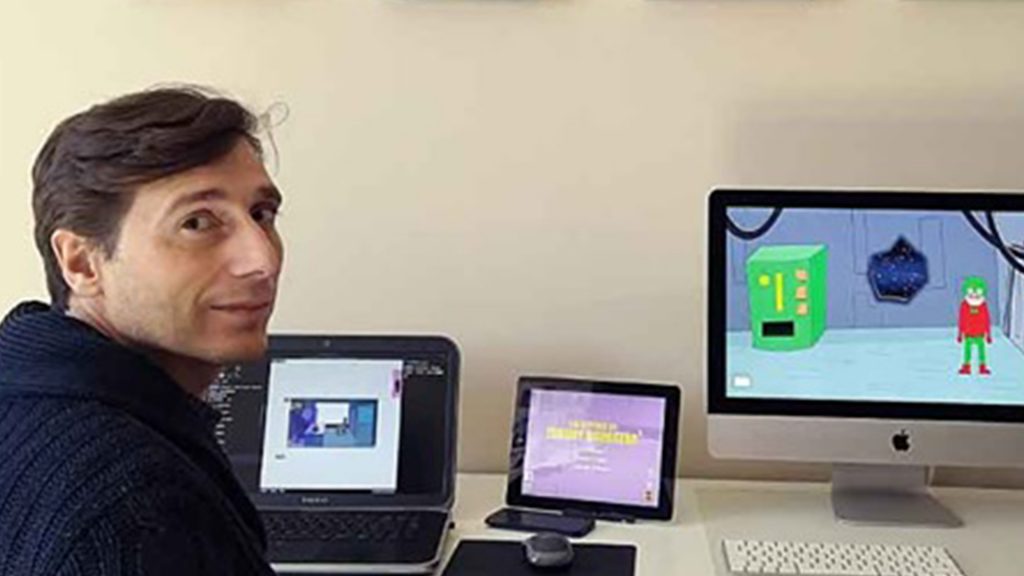
PL: How, when and why did you come up with creating Bladecoder Engine?
RG: I started off the engine in 2013 when I decided to create a graphic adventure whose main market was aimed at the mobile devices. When looking into the existing engines there was not a multiplataform device. So I decided to build up my own one.
PL: Which were the main difficulties you had at the beginning?
RG: At that time one of the problems was the mobile devices low power and resolution. This made me add support to the engine for multiresolution and strategies to release textures. Another obstacle is the iOS development which pushes you to own a Mac to generate the build, and have the corresponding test devices.
At this moment the last obstacle I have dealt with has been to add support for game consoles.
PL: Which are the outstanding points related to your development and which ones should be improved? Not only about the engine itself, but on a general level, for example in relation to the community, users’ forums, the software exposure?
RG: I would highlight three features:
- Editor to design the adventure with barely little knowledge about programming.
- Ink language incorporation for dialogue writing.
- Spine incorporation for animations.
Only with these three features the engine positions itself over the specific existing engines. I would also stand out the multi-platform support.
User manual, support and promotion must be absolutely improved. It is the most important point because it is preventing people from using it.*
* As documentation is a huge problem on which I would like to collaborate with a solution, the second part of this mini report will be published in the entry for next week, where I address the subject as part of my personal goals and objectives.
Comparison table of most popular point ‘n’ click & adventure engines*
| Name | Community support | License | System | Port | Graphics | Features | Language | Status | Documentation |
|---|---|---|---|---|---|---|---|---|---|
| Bladecoder Engine | Small | Free - Apache 2 | Win, Mac, Linux | Win, Mac, iOS, Android, Switch | 2D - 3D - | Spine support Ink scripting FX - Particle editor Game editor | Bladecode script Ink scripting External editor | Complete - Stable | Basic |
| Adventure Game Studio | Very large | Free - Artistic License 2.0 | Win, Linux | Win | 2D | None | Ags script | Outdated Incomplete | Very good |
| Adventure Creator | Large | Paid Asset for Unity 80$ | Win, Mac (Unity) | Win, Mac, iOS, Android, Linux, WebGL | 2 / 2.5D - 3D | Compatible with most Unity assets. | Same as Unity | Complete - Stable | Very good |
| Visionaire Studio | Medium | Paid - from 49 to 500 € | Win | Win, Mac, iOS, HTML5, Android, Xbox, Ps4, Switch | 2D - 3D | Game editor FX - Particle editor | Lua scripting | Complete - Stable | Good |
| Wintermute Engine | Non existent | Free | Win | Win | 2D - 3D | None | Wintermute script | Abandoned | Poor |
| Escoria 3.0 | Very small | Free for Godot | Only for Godot 3.2 or previous versions | Win | 2D - 3D | Under development | Same as Godot | Uncertain | Basic |
*Visual novel engines are not included
Ethnography report on my favourite community of practitioners
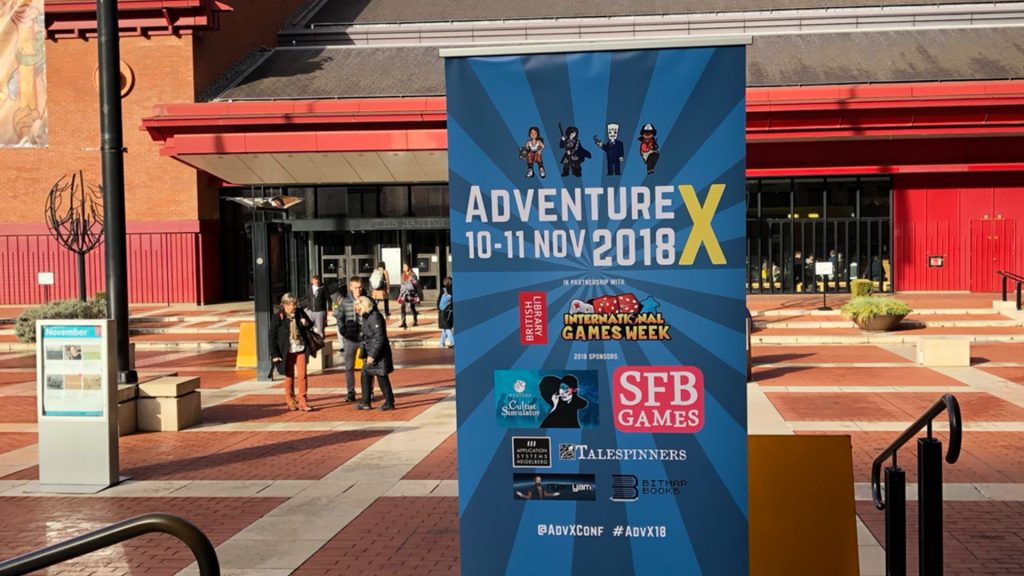
To complete this entry I’m going to present this informal report on the community of Adventure Game fans, a genre that usually comprises conversational adventures, point ‘n’ click adventures, graphic novels and interactive adventures. I have used statistical data extracted from a game I was developing and from similar sources provided by colleagues in the medium of which I am still a part providing first hand participation observation. Articles as State of point and click art from Gamasutra and The Guide to Adventure Games by K. Kalata, are also used as reference.
The community is ‘divided’ into 3 main groups: the consumers or fans of this type of games, the developers and the press critics, who often alternate roles. All of these individuals, no matter which subgroup they are in, share many of the same characteristics: they are either male between 28 to 60 years old and female between 20 to 50 years old, most of them parents who introduce this game genre to their children or grandchildren. They are avid readers, with a marked inclination towards games with large psychological components and extensive narrative (depression, childhood trauma) or science fiction (cyberpunk, post-apocalyptic), followed by heroic fantasy and to a lesser extent lighter, satirical or comic adventures. The vast majority of them have a handful of authors that can well be considered foundational, true legends, namely Ron Gilbert, Tim Schaffer and Roberta Williams . Whatever the genre of predilection of the community, the waters can be separated according to the affinity of its members to one of the two main schools born between 1980 and 1993 known as the Lucas Arts style and the Sierra style.
“The early ’90s was a golden era of point-and-click adventure, most fondly remembered by today’s fans, but by the mid ’90s the genre was waning. Maybe it was the emergence and dominance of the first person shooter, maybe the growth of multiplayer games, maybe the obligatory need to go 3D, maybe the home console; whatever it was, by the late ’90s many were calling the point-and-click adventure a dead genre. But it was never dead to some people; there was still a diehard fan base, dedicated to keeping the genre alive, refusing to believe the genre they loved so much was dead. This fan base was considered too niche for mainstream developers to focus their attention on. ” (Goulding 2010)
Nostalgia for the pop culture of the period from the 70s to the 90s, are a true value shared by the community that constitute one of its pillars. This usually translates into a passion for the acquisition of collectibles related to some titles in particular, something that can be verified in all crowdfunding campaigns of the genre. For example, the demand for physical cardboard boxes containing the new game (to be produced) should be of the same proportions and characteristics as the classic packaging with which adventure games used to be sold in the golden age.
This is an extremely multicultural community, detail-oriented, fond of puzzles, mostly with a university education. Geographically, they come from the main countries of Central Europe, the United States, Canada, Russia and Latin America. One of the top countries with the largest number of fans is Germany by far, where companies as Daedalic Entertainment handedly keeping the genre alive.
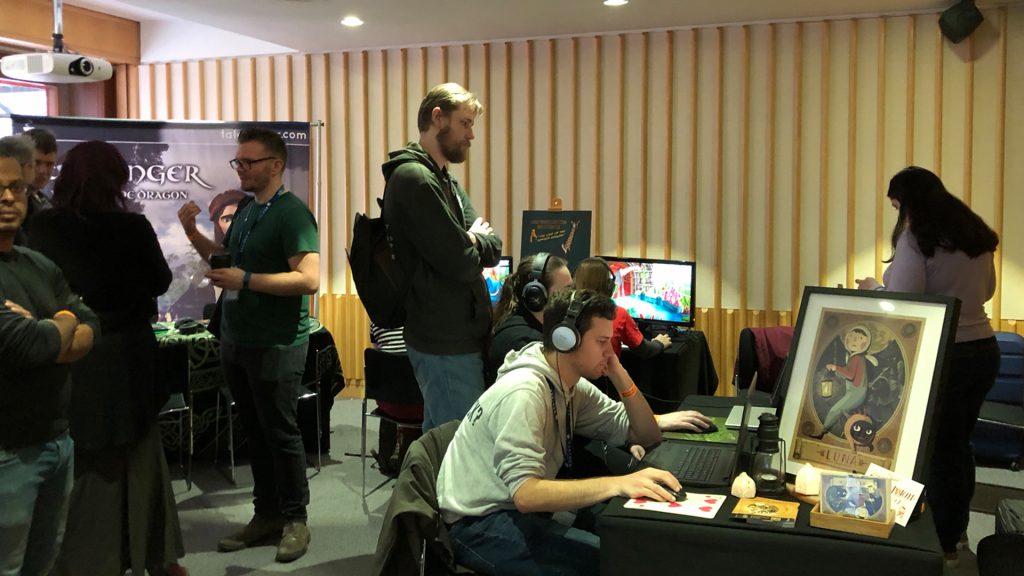
They also very kind when it’s time to support a new Kickstarter campaign with a serious proposal for a new adventure; this being one of the greatest virtues of a community that was able to rescue a genre for many declared dead and that currently presents a niche, solid enough so that many independent creators can find sustenance in it, like Dave Gilbert who runs his own company, Wadjeteye Games , since 2006, independently publishing 18 games in 15 years.
Due to their demographic characteristics, Facebook , Twitter, Steam and to a lesser extent Discord or Instagram are where the largest number of interrelationships converge. Web sites and forums like Adventurergamers or Adventure game podcast are quite popular among the community.
Prior to the events derived from the pandemic, the main face-to-face event has been AdventureX, the Narrative Game Convention, created on 2011 with the purpose of spreading the genre, gathering talents and promoting conferences. Its last two events were held in the British Library of London. Given the limited capacity, the pre-sale of tickets for these events was carried out, in accordance with the predilections of this community, via a crowdfunding campaign. The 2018 event was broadcast live on twitch and uploaded to YouTube. Personally I had the opportunity to travel and enjoy it. An event that gave me the chance to make excellent contacts, including talented artists and translators who later gave me their collaboration in one of my own projects.
Game jams as an opportunity to join a new community
Game jams are considered by many an important phenomenon (Kultima 2015), but what are the motivations to attend these events? Reng et al. (Reng et al. 2013) studied participants of the 2013 Nordic Game Jam (NGJ) and found that the main motivators were to make games and to meet people who share common interests. (Almeida Melo 2019)
Godot Game jam is an exclusive jam for Godot engine users. Starting on the second Friday of the month, this is not only a great opportunity to explore and learn not only Godot’s capabilities but to be part of a huge creative community of fans of this tool (with more than 3’000 active collaborators). Members of the Discord channel will be able to submit theme ideas to our #theme-vote channel. After that the organizers, will decide the actual theme with the inclusion of 3 optional wildcards that will include special conditions to add a unique challenge in addition to the theme. No re-skinning of games made outside of the jam are allowed and majority of the code and/or assets must be made in the jam’s time frame.
By the way, a major update of this engine has been released with a focus on optimization and reliability: Godot 3.3
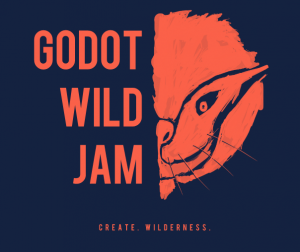
List of figures
Fig 1 – Xtreme PC Magazine cover from October 2000. Image by the author.
Fig 2 – Screenshot of Sol 705 point ‘n’ click adventure developed by the author using Bladecoder engine. Screen capture by the author.
Fig 3 – Bladecoder engine GitHub repository and the first tutorials I wrote for the community in 2019. Screen capture by the author.
Fig 4 – Adventure games developed and published using Bladecoder engine from 2018 to 2021. Image by the author.
Fig 5 – Rafael García developer of Bladecoder adventure engine. Photo by Rafael García.
Fig 6 – 7 AdventureX 2018 convention in conjunction with the British Library as part of International games week. Photo by the author.
Fig 8 – Godot Wild Jam 2021 promotional art.
References
Xtreme PC Magazine. 2000. Issue 36, Published by Editorial Power Play Argentina.
Garcia, R. Bladecoder engine. [online] Available at: <https://bladecoder.github.io/bladecoder-adventure-engine/> [Accessed 6 April 2021].
Garcia, R. ‘The Revenge of Johnny Bonasera’. Episodes 1-4. [online] Available at: <https://store.steampowered.com/bundle/6130/Johnny_Bonasera_1__2__3__4/> [Accessed 6 April 2021].
Larger, A. ‘Tiny Story 1’ (2016), ‘Tiny Story 2’ (2017), ‘Cats in the box’ (2018), ‘Celestwald’ (2019), ‘Fantasiant’ (2020), ‘Tiny Story 3’ (2021). [online] Available at: <http://www.samcreation.ch/ptitboutchoux/> [Accessed 6 April 2021].
Patricio Land. ‘Sol 705‘. 2020. [online] Available at: <https://www.sol705.com> [Accessed 6 April 2021].
Pan Studio. ‘The Third Day‘. 2021. [online] Available at: <https://store.steampowered.com/app/1544460/The_Third_Day/> [Accessed 6 April 2021].
Godot Wild Jam. 2021. [online] Available at: <https://itch.io/jam/godot-wild-jam-32> [Accessed 9 April 2021].
Goulding, A, 2010, ‘State of the Point-and-click Art‘. Gamasutra. [online] Available at:<https://www.gamasutra.com/view/feature/134261/state_of_the_pointandclick_art.php> [Accessed 6 April 2021].
Forde, M. 2020, ‘+45 yo makes up nearly a third of mobile gamers‘ PCG Digital. [online] Available at: <https://www.pocketgamer.biz/news/76332/pgc-digital-facebook-data-older-gamers/> [Accessed 20 April 2021].
Kalata, K. 2011. ‘The Guide to Classsic Graphic Adventures‘, Published by HG101.
Almeida Melo, L. 2019. ‘What Motivates Different People to Participate in Game Jams?‘. Departamento de Informatica e Matematica Aplicada – Universidade Federal do Rio Grande do Norte – Brasil.
Adventure Game Podcast. 2021. [online] Available at: <https://adventuregamespodcast.com> [Accessed 8 April 2021].